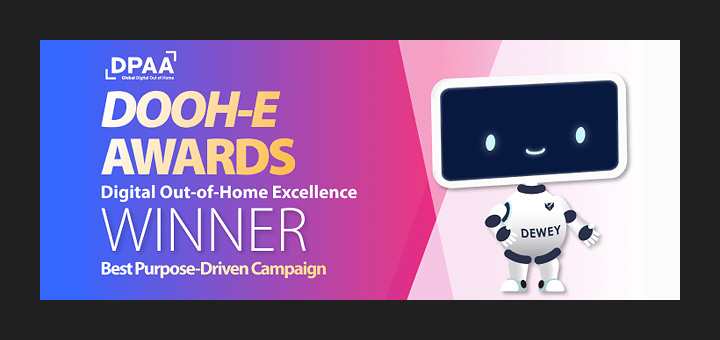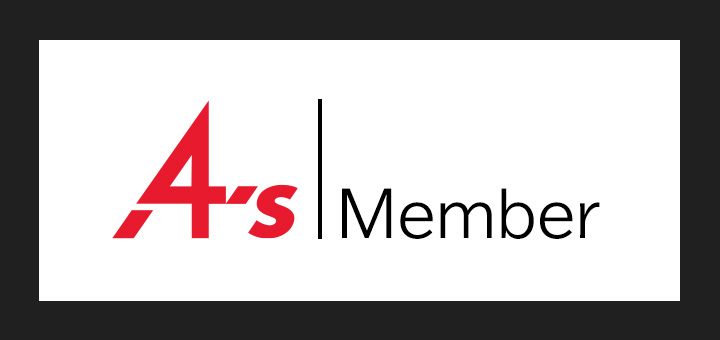Media Buying Briefing: Agencies’ views for and against bid shading
By Antoinette Siu Image by Ivy Liu
NOVUS’ own Paul DeJarnatt contributes his thoughts to this Digiday article on bid shading. Continue reading to discover Paul’s insights.
Now that it’s been a few years since bid shading became prevalent in programmatic investment, how do agencies know it’s actually working? That depends, since there are still plenty of uncertainties and complexities around the benefits and downsides of this tool.
First, a quick reminder of what bid shading is: In programmatic advertising, a second-price auction allows the highest bidder to pay a bit more than the second-highest bid, whereas a first-price auction model makes advertisers pay what they bid. This is where bid shading comes in – the algorithm tries to predict the highest bid so that buyers aren’t overpaying. It does this based on historical data on winning bid prices for an ad placement. (More from our WTF series here.)
There are arguments that bid shading works well as a middle ground, with PubMatic and The Trade Desk asserting that advertisers pay an average 20% less on their bids (both offer bid shading). It’s a welcome relief to advertisers experiencing the increasing costs of inventory, but there remain concerns that ad-tech players and SSPs can take advantage of them. After all, bidders can’t access the information that is used to predict the numbers.
“That’s why it’s up to agencies to keep ad-tech partners honest about their algorithms’ inner workings and find smart ways to integrate more customized and dynamic first-party data approaches to deliver the best possible investments at scale,” said Kay Wesolowski, svp of investment and partnerships at independent agency Kelly Scott Madison.
Let’s dive into some of the good and bad with this emerging technique.
Pros: efficiency, cost savings, alternative to traditional models
As ad-tech platforms contend, bid shading can save companies on their media investments by working to prevent overbidding on an ad placement. The solution has become a valuable alternative to the traditional first- and second-price auction models, both of which have disadvantages.
Paul DeJarnatt, vp head of digital at Novus, put it this way: From an agency standpoint, he prefers second-price auctions over first-price due to the cost difference. However, the marketplace is moving toward bid shading “as a way to find a balance between clearing inventory and price efficiency. Ideally, we wouldn’t even have a need for bid shading,” DeJarnatt added…
Continue Reading




